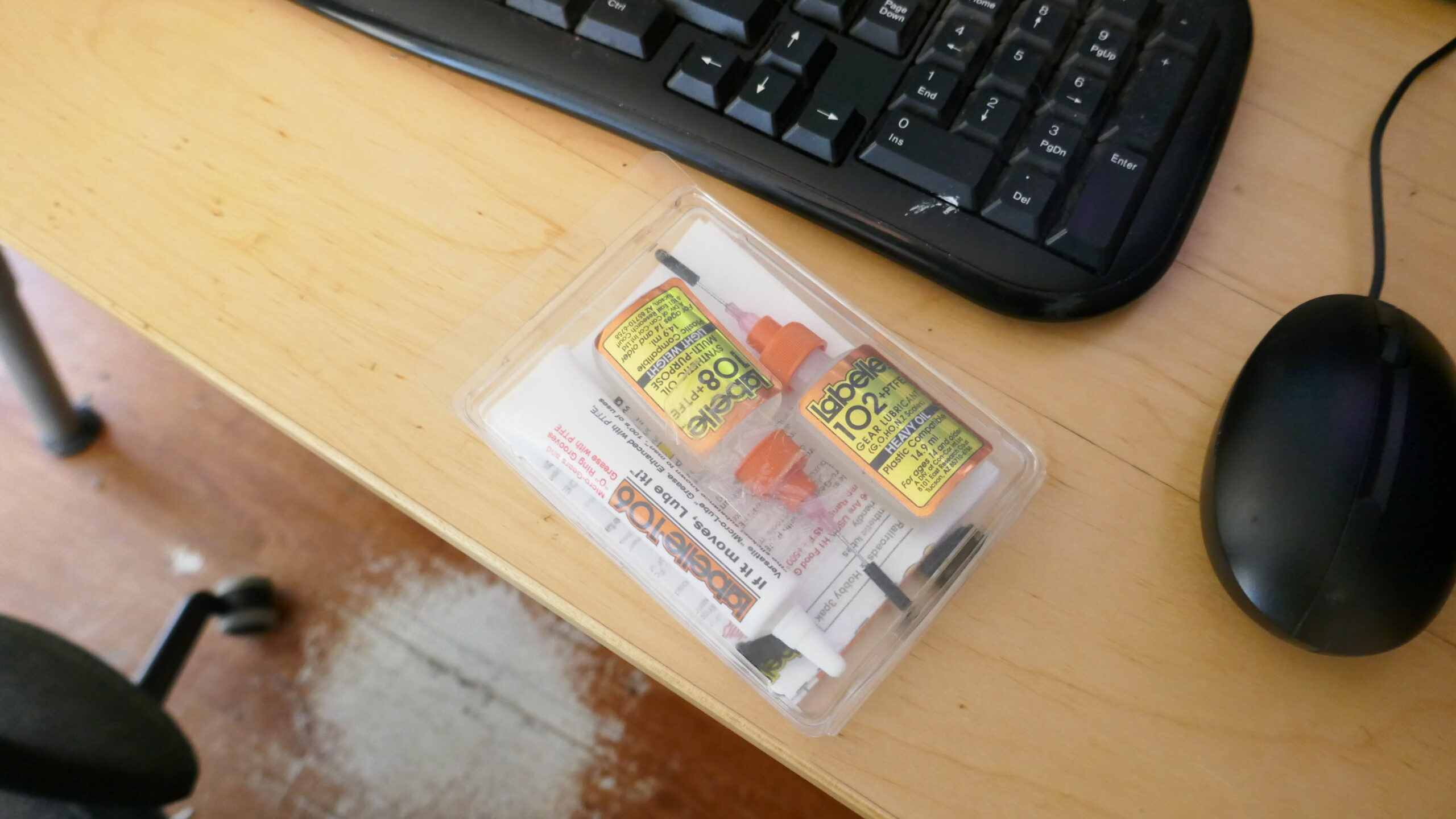I was just lubricating a couple newly arrived vintage HO narrow gauge locomotives today when I was reminded of just how intimidating this repair looked when I started doing it, and just how simple it turned out to be.
I thought it would be a good idea to write a basic intro post.
If you are going to really get into model trains, you’re going to have to learn the basics of repairing locomotives and cars/wagons. This includes repairs like disassembly & reassembly, replacing trucks, and lubricating motors.
Before you lubricate your first motor, there are a few things you need. For starters, you need an older and semi-functional locomotive – one that you wouldn’t mind wrecking (accidents happen). You’ll also need to know how to remove its shell,and put it back.
The most important thing you will need is a set of lubricating oils. When I first got into this, I was stumped by the problem of choosing the right lubricants (they come in a wide range of viscosities and ingredients).
What I eventually did was go to Ebay and search for the model train scale I was working with (N scale) and the word lubricant. I thought this would turn up some advice, but what I found was that a bunch of sellers were sets of lubricants. These sets were customized for specific model train scales, saving you from the risk of choosing the wrong lubricant.
I bought my lubricants on Ebay as one of those sets. Almost all of the locomotives I’ve lubricated worked better after than they did before, so I’d say that was the right decision.
Before you start lubricating for the first time, I have a few tips for you.
1, Only have one bottle open at a time. This way you are less likely to use the gear lubricant on the motor, or vice versa.
2, If you are working on HO or N scale mechanisms, you need far less lubricant than you might think. The moving parts are tiny, and a little lube goes a long way.
3, Be patient. It can take up to half an hour before the lubricants spreads to all the gears, so you might not notice an improvement right away. What I am saying is don’t add more lubricant because the change is not instantaneous.


Leave a Reply